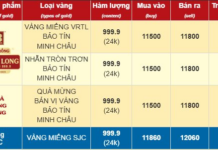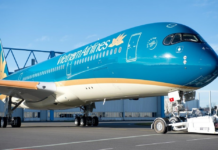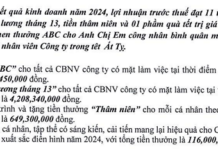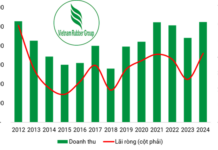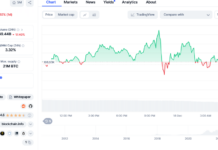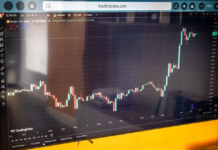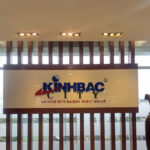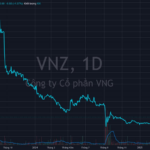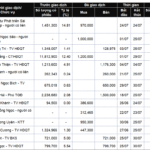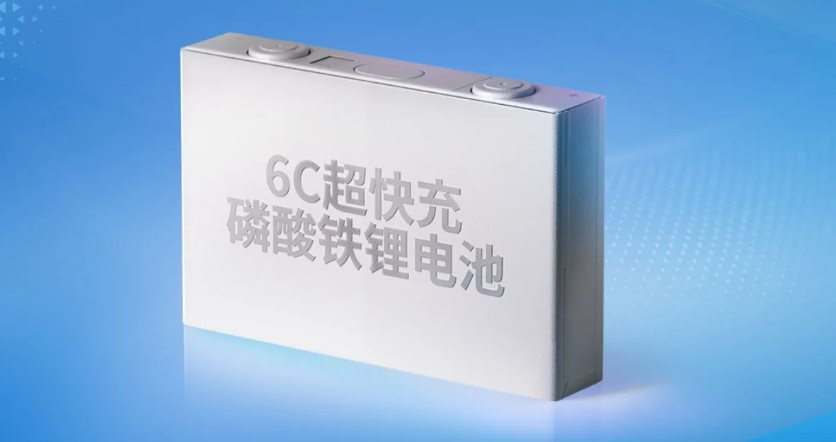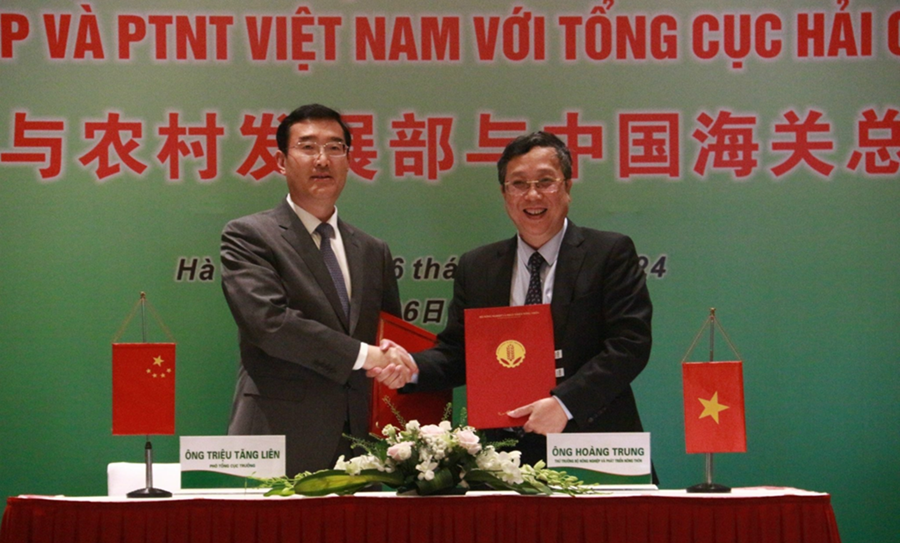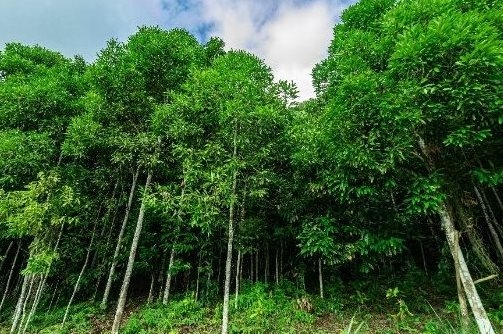
Illustrative image
A tree that provides valuable bark and brings in hundreds of millions of USD annually to Vietnam is the cinnamon tree. With its easy-to-care-for wood, Vietnam has dedicated up to 180,000 hectares of land in the northern mountainous regions and north-central coast to cinnamon cultivation.
Vietnam’s cinnamon bark reserves are estimated at 900,000 – 1,200,000 tons, with an average annual harvest of 70,000 – 80,000 tons. In 2022, Vietnam was the world’s top cinnamon exporter, with a turnover of over $292 million.
In addition to domestic production, Vietnam also imports cinnamon from neighboring countries, notably Indonesia and China, to meet export demands.
According to preliminary statistics from the Vietnam Pepper Association (VPA), in September 2024, Vietnam imported 216 tons of cinnamon worth $0.5 million, a decrease of 14.6% from the previous month. Indonesia was the main supplier, providing 107 tons, or nearly 50% of the market share.
Cumulative imports for the first nine months of the year stood at 3,448 tons, with a turnover of $8.3 million, representing a decrease of 74% in volume and 76% in value compared to the same period last year.
On the export side, however, Vietnam shipped 69,350 tons of cinnamon in the same nine-month period, with a total export turnover of over $194.2 million, reflecting a 2.7% increase in volume but a 2.8% decrease in value compared to the same period in 2023. Prosi Thang Long was the leading exporter, accounting for 14.4% of the market share with 9,999 tons.
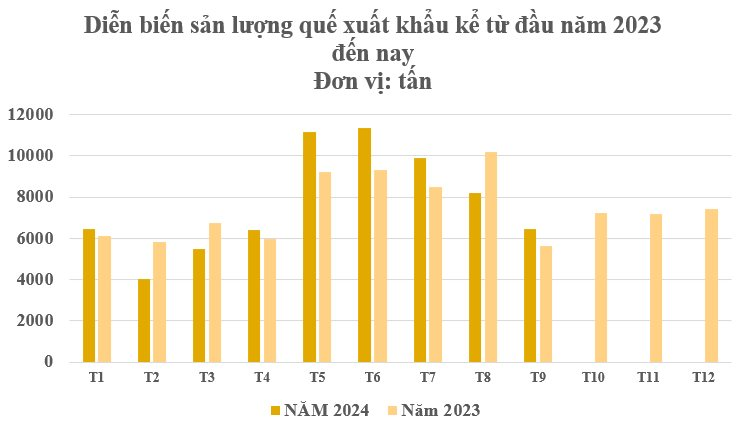
In 2023, Vietnam’s cinnamon exports accounted for approximately 34.4% of the global market share, with key consumers including India, China, Bangladesh, and the United States. That year, Vietnam exported nearly 90,000 tons of cinnamon, with a total export turnover of over $260 million, representing a 14.6% increase in volume but a 10.7% decrease in value compared to 2022.
According to the Vietnam Pepper and Spice Association, the potential for cinnamon raw materials in Vietnam is enormous due to favorable climatic and soil conditions, especially in the northern mountainous provinces such as Yen Bai and Lao Cai, as well as in some other regions like Thanh Hoa, Nghe An, Quang Ninh, and Quang Nam. The global demand for spices remains high, not only in the food industry but also in pharmaceuticals, cosmetics, and functional foods. Vietnam has dozens of companies investing in modern cinnamon processing lines, producing ground and powdered cinnamon to meet market demands.
Additionally, Vietnam’s participation in 16 FTAs, including new-generation agreements like EVFTA, CPTTP, and CREP, has provided tax advantages over some other countries. These agreements present highly favorable conditions for Vietnamese cinnamon products to thrive in the international market.
Currently, Vietnamese cinnamon is exported to nearly 100 countries worldwide, holding 95% of the market share in India, 36.5% in the US, and 35% in Europe. While Vietnamese cinnamon products dominate major global markets, only 18.6% of exports are processed, totaling 18,659 tons, with 70% destined for the US and only 12% for Europe.
Therefore, to further expand its global reach, the Vietnamese cinnamon industry should focus on improving post-harvest and processing quality to meet the standards of demanding markets in Europe and the United States.
Unlocking Trade Potential: Vietnam Forges its First Free Trade Agreement with an Arab Nation
On October 28, Prime Minister Pham Minh Chinh and UAE Vice President and Prime Minister Sheikh Mohammed bin Rashid Al Maktoum witnessed the signing of the Comprehensive Economic Partnership Agreement (CEPA) – Vietnam’s first free trade agreement with an Arab country.





